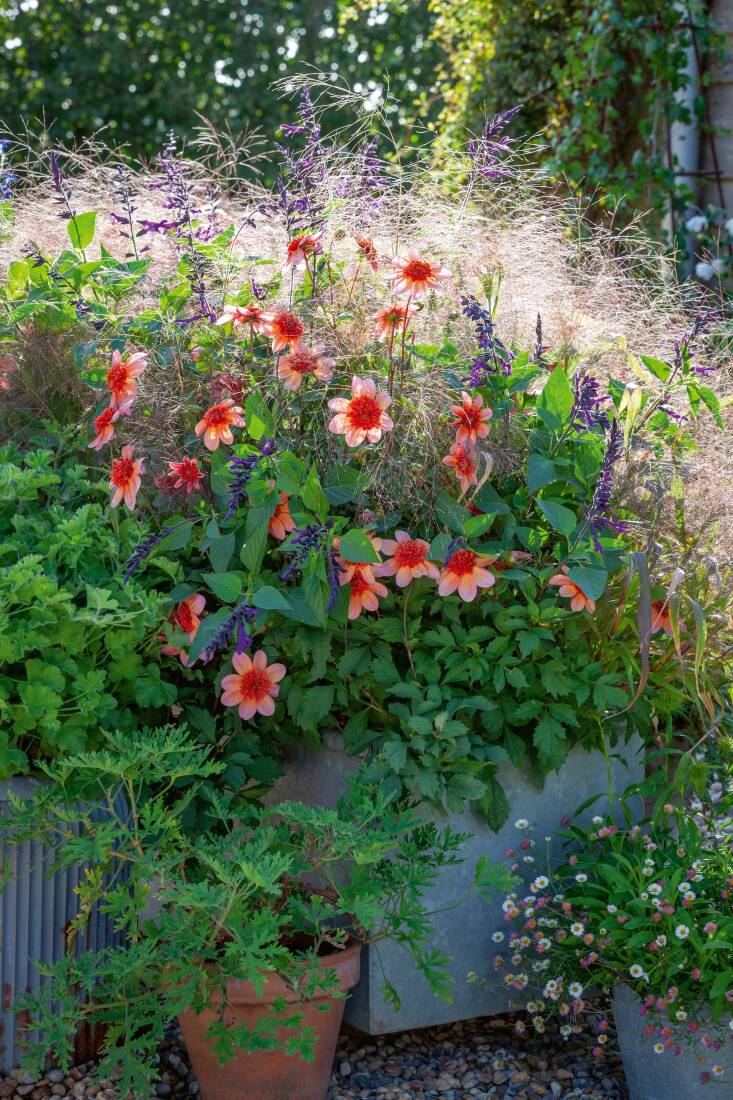5 Ideas to Steal from Her New Book
We are longtime admirers of English writer, cook, and gardener Sarah Raven, so we were super-excited to learn that her newest book, A Year Full of Pots, is now in bookstores. In this how-to guide on all things container gardening (the third installment of her series that includes A Year Full of Flowers and A Year Full of Veg), she gives detailed instructions for planning and planting in pots for each month of the year, along with color groupings, tips for what to plant where and when, and detailed plant lists with stunning photos of her own pot-filled garden at Perch Hill.
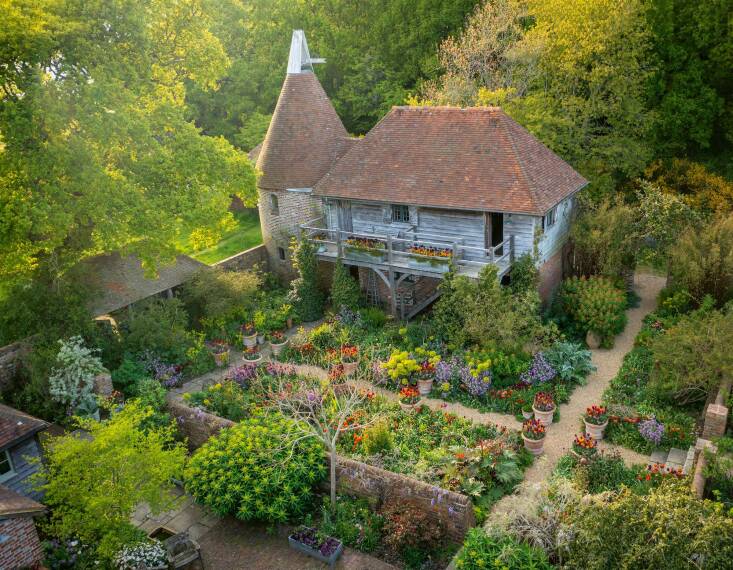
Raven makes it easy for neophytes and experts alike to create a beautiful container garden, no matter the size. Here are six tips from her book on how to capture ebullience and beauty in a pot.
Photography by Jonathan Buckley, from Sarah Raven’s A Year Full of Pots.
1. Don’t skip the sketching.
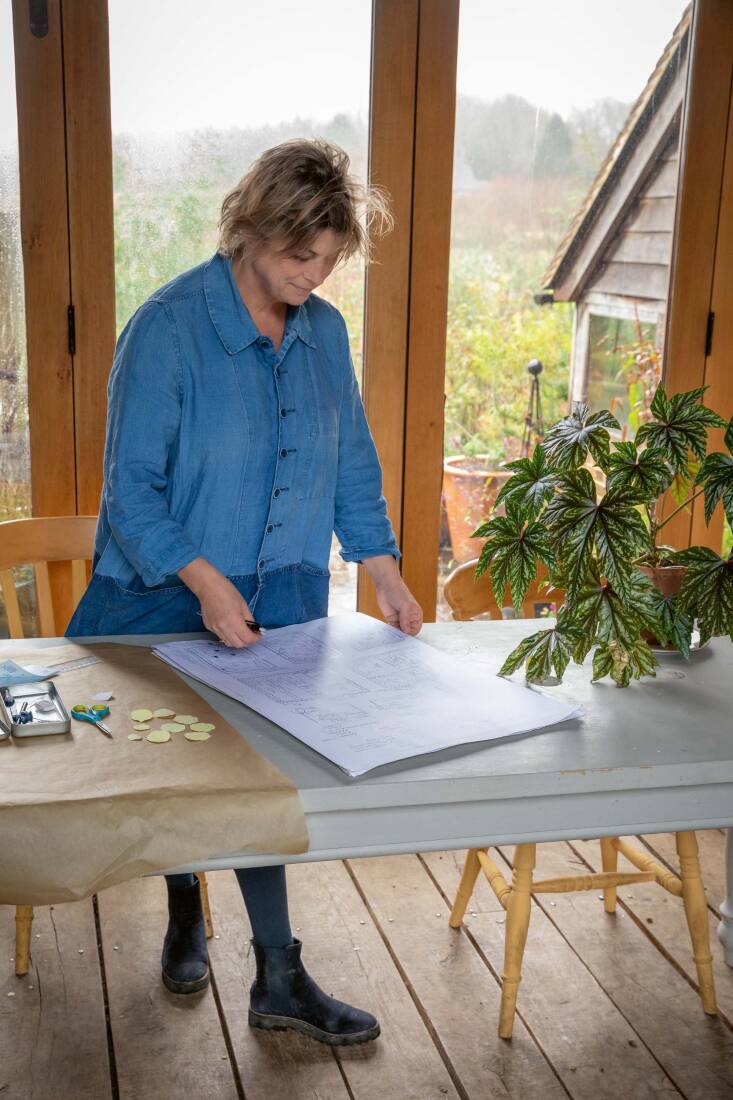
Pot planning goes old school. While there are plenty of fancy online garden planners, there is a wonderful satisfaction that comes with pencil and paper. Raven recommends sketching out the bones of your garden, the spaces, hardscapes and major plants and then overlaying tracing paper (or even baking parchment) and then cutting circles to represent your pots and arranging them where you think you’d like the pots and plants to go. Pro tip: She recommends cutting out photos of the plants you’re considering to make sure you can visualize the best you can what the garden will look like in real life.
2. Plan for a Bride, Bridesmaid, and Gate-crasher.
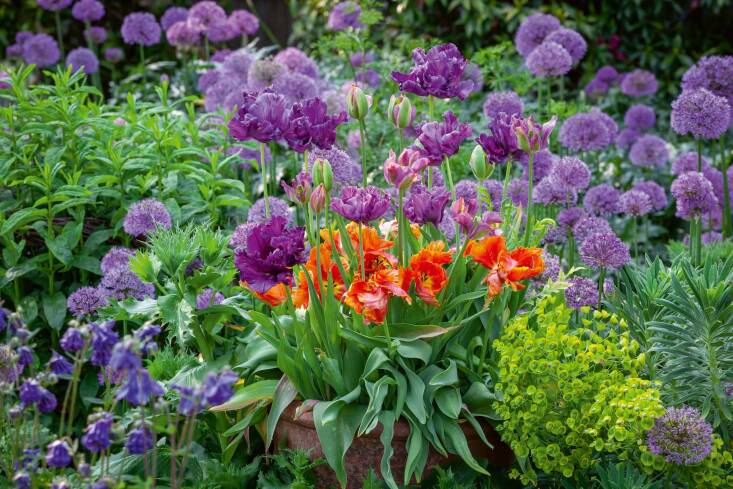
Raven breaks down one of the more complicated challenges in deciding what plants go into the pot in regards to choosing a color combination. Think about the colors as the Bride, Bridesmaid and Gatechrasher, she says. The Bride is the center of attention, the one that gets all the focus. The Bridesmaid plays a supporting role in the pot, as one would play in real life—same color as the bride but not as showy. Finally the Gatecrasher adds a bit of drama with contrast. Pro tip: Get some paint chips and play around with them to see what color combinations work together.
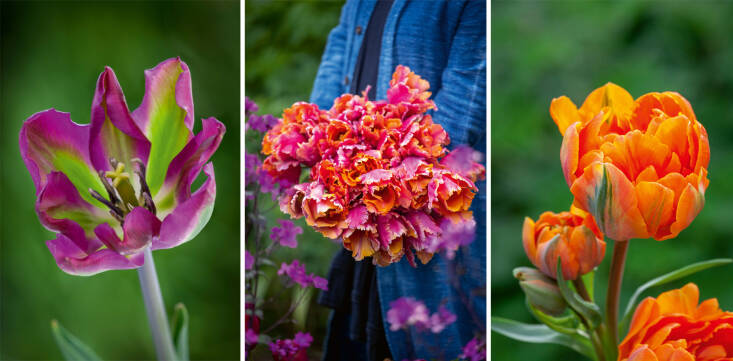
For those who need a bit more guidance, Raven even provides specific color palettes to try: Dark & Rich, Boiled Sweet Brilliant, Warm and Soft, and Soft and Cool. Included are extensive photos for each palette for easy reference.
3. And don’t forget the Thriller, Filler, Spiller, and Pillar.
